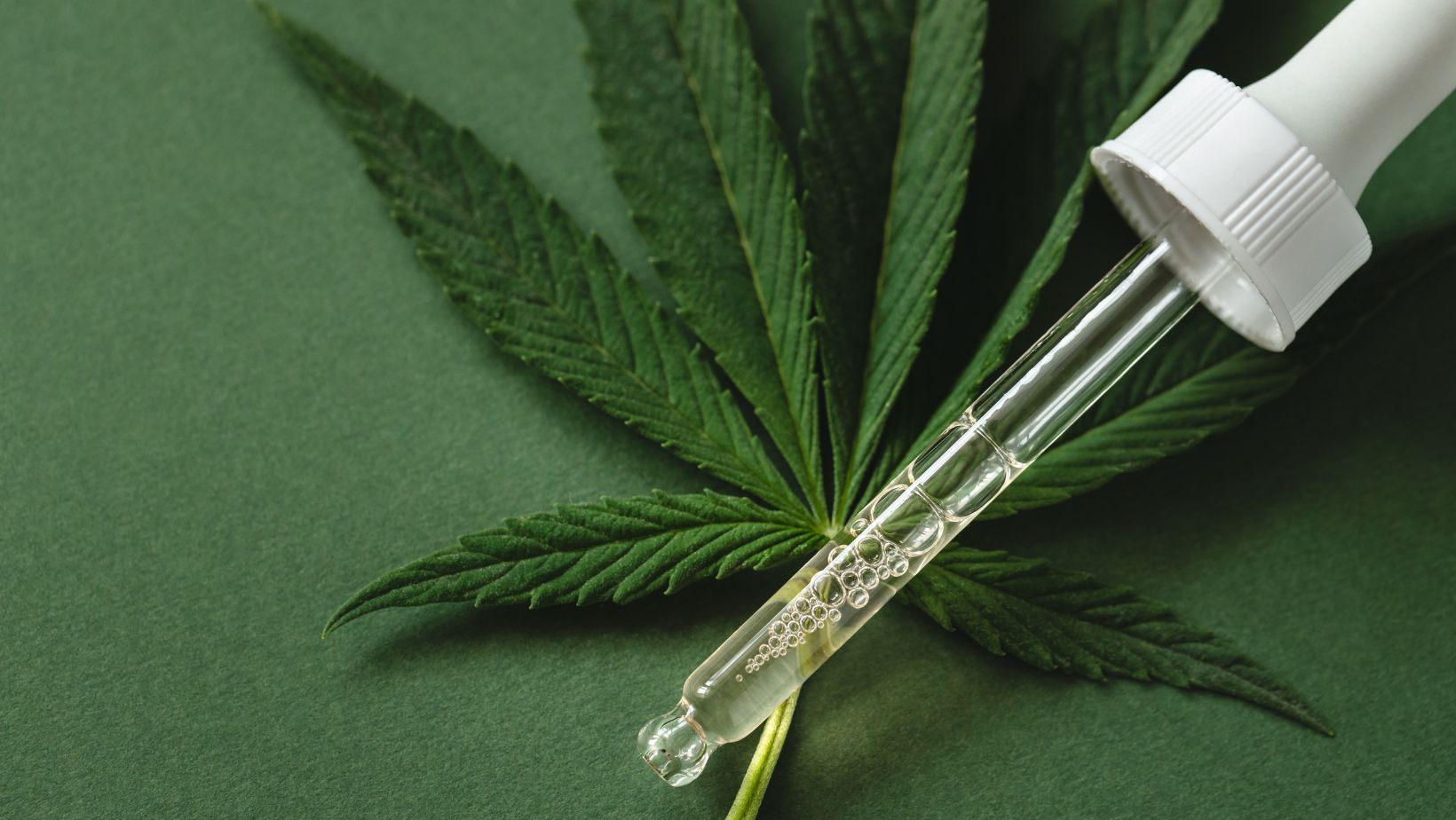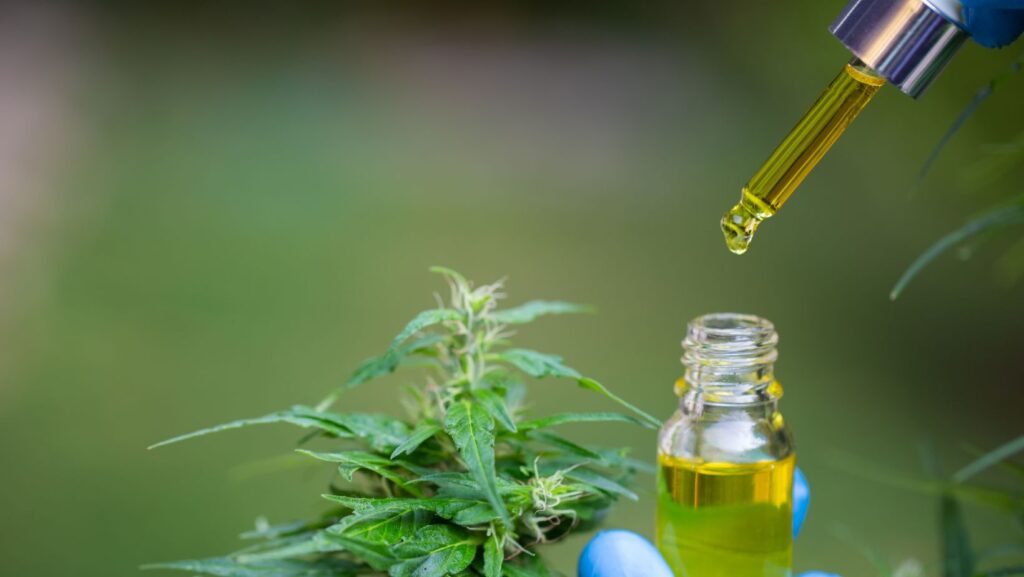The cannabis industry has transformed dramatically over the past decade, moving from underground operations to legitimate businesses operating in gleaming facilities. Among the most intriguing developments in this space is the emergence of Delta-9 THC drops—liquid formulations that represent a sophisticated evolution in how consumers experience cannabis.
What Makes Delta-9 Drops Different
Delta-9 tetrahydrocannabinol drops are concentrated liquid products designed for sublingual administration or mixing into beverages and food. Unlike traditional smoking or vaping methods, these drops offer precision dosing and discretion that appeals to both medical patients and recreational users. The liquid format allows for faster absorption into the bloodstream, particularly when taken under the tongue, where the rich network of blood vessels can bypass the digestive system entirely.
The industry has gravitated toward drops for several compelling reasons. They’re portable, odorless, and shelf-stable. For manufacturers, liquid formulations solve problems that have plagued other cannabis products—inconsistent dosing, degradation over time, and the harsh experience of smoking. Companies like Zendoz have entered this space recognizing that modern consumers want their cannabis experience to feel more like taking a supplement than anything associated with counterculture imagery.
The Manufacturing Process
Creating quality THC drops isn’t as simple as dissolving cannabis extract in oil. The process requires sophisticated extraction methods, typically using CO2 or ethanol to pull cannabinoids from plant material while leaving behind unwanted compounds. The resulting concentrate must then be carefully formulated with carrier oils—often MCT oil derived from coconuts—to ensure proper absorption and stability.
Quality control represents a massive differentiator in this industry. Reputable manufacturers test their products multiple times throughout production, checking for potency, pesticides, heavy metals, and microbial contamination. The concentration of Delta-9 THC must be exact; too little and the product is ineffective, too much and consumers might have an overwhelming experience. Most drops on the market range from 10mg to 50mg of THC per serving, though this varies considerably.
Regulatory Challenges and Opportunities
The legal landscape for Delta-9 THC drops remains complex and fragmented. In states with adult-use legalization, these products fly off dispensary shelves. But federal prohibition creates banking challenges, tax burdens, and interstate commerce restrictions that make scaling difficult. Manufacturers must navigate a patchwork of state regulations, each with different testing requirements, packaging mandates, and marketing restrictions.

Interestingly, the 2018 Farm Bill created a loophole that some companies have exploited. Hemp-derived Delta-9 THC drops containing less than 0.3% THC by dry weight can technically be sold across state lines, though regulatory agencies continue debating the legality and safety of this interpretation. This gray area has spawned an entire sub-industry of hemp-derived products that exist in gas stations and online stores, far from traditional cannabis dispensaries.
Consumer Demographics and Usage Patterns
The typical consumer of Delta-9 drops doesn’t fit the old stoner stereotype. Market research shows strong adoption among professionals aged 30-55, many of whom are using these products for sleep, anxiety, or chronic pain management. The discretion factor cannot be overstated—these users appreciate being able to dose precisely without drawing attention or leaving telltale odors.
Medical patients particularly favor drops for their reliability. Cancer patients managing nausea, individuals with chronic pain conditions, and those suffering from seizure disorders have all reported benefits from consistent THC dosing. The liquid format makes it easy to adjust doses incrementally, finding the minimum effective amount rather than overshooting with an edible that can’t be undosed.
Market Dynamics and Future Outlook
The Delta-9 drops segment has grown exponentially, with market analysts projecting continued double-digit growth through the end of the decade. Innovation drives much of this expansion—manufacturers are developing faster-acting formulations using nanotechnology, creating custom cannabinoid ratios, and adding complementary botanicals like adaptogens or sleep-promoting compounds.
Competition has intensified as barriers to entry have lowered. Small craft producers compete with multi-state operators, each trying to capture consumer loyalty through branding, quality, or price. This competition benefits consumers but creates challenges for businesses trying to establish market position.
The future likely holds federal rescheduling or legalization, which would fundamentally reshape the industry. Banking access, tax equity, and interstate commerce would transform business models overnight. Until then, the Delta-9 drops industry continues evolving within its constraints, finding creative solutions to regulatory challenges while meeting growing consumer demand for effective, discreet cannabis products.
What started as a niche product has become a cornerstone of the legal cannabis industry, proving that innovation and consumer preference—not just tradition—drive this market forward. The drops format represents cannabis maturing into a wellness product, shedding its illicit past while embracing pharmaceutical-grade precision.
